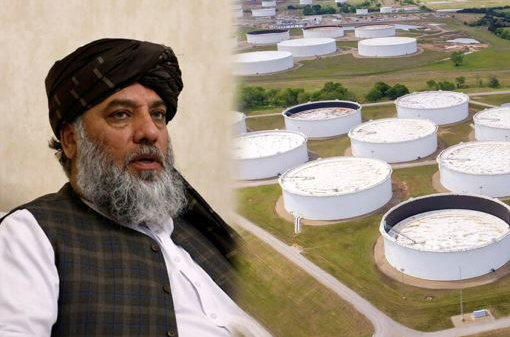Foreign Loan
ISLAMABAD: Pakistan received only about $9.8 billion in foreign loans and grants during the first nine months (July-March) of the current fiscal year, significantly falling short of its annual target of $17.4 billion due to substantial challenges in securing international financial support.
The rate of disbursements has been decelerating, with the country obtaining less than $204 million in March alone, a decrease from the $318 million received in February, as reported by official data.
The Ministry of Economic Affairs (MEA) disclosed that the government managed to secure approximately $6.899 billion in foreign economic assistance (FEA) during the first nine months of the fiscal year, which represents nearly 39% of the annual budget target.
This shortfall is attributed to limited borrowing options following a poor credit rating and adverse global financial market conditions, despite ongoing support from the International Monetary Fund (IMF).
This figure is supplemented by $1.9 billion released by the IMF as part of a $3 billion Stand-By Arrangement (SBA) and an additional $1 billion from the United Arab Emirates, which are accounted separately by the State Bank of Pakistan (SBP).
Consequently, the total foreign inflows, including those from the IMF and the UAE, reached $9.799 billion over the nine-month period, amounting to 55.6% of the full-year targeted inflows.
However, authorities now believe that improved debt and trade management have decreased the need for foreign assistance for the current year, tentatively revising the target to approximately $11 billion from the initial $17.62 billion set in the 2023-24 budget.
In its monthly FEA report for March, the MEA highlighted that the country received $6.899 billion in the period from July to March against an annual target of $17.62 billion, indicating that foreign inflows were more than 11% lower than the $7.8 billion received during the same period last fiscal year—a period marked by challenging interactions with the IMF.
The low inflows primarily resulted from the adverse international environment and Pakistan’s poor credit rating, which restricted access to international capital markets. Consequently, Pakistan deferred its plans to issue a $1.5 billion Eurobond due to high international interest rates and the country’s diminished credit standing.
The Economic Affairs Division (EAD) report also revealed that, aside from the $1.5 billion in fresh bonds, the government had budgeted an additional $4.5 billion in foreign commercial loans for the fiscal year.
Significant disbursements in December 2023 included $638 million from the World Bank, $469 million from the Asian Development Bank, and $255 million from the Asian Infrastructure Investment Bank (AIIB).
Strangely, the EAD accounted for $1.16 billion received from the IMF in the last fiscal year as part of its FEA inflows but did not depict similar $1.9 billion inflows this year. For the current year, the EAD had originally budgeted $2.4 billion from the IMF, which later committed to $3 billion under the newly signed SBA, with about $1.9 billion already disbursed.
The majority of foreign loans reported by the EAD from July to March, totaling $2.63 billion, came from Saudi Arabia through time deposits and oil facilities, followed by $1.428 billion from the World Bank, $665 million from the ADB, and a $508 million guaranteed loan to the Pakistan Air Force by the China National Aero-Technology Import and Export Corporation.
The government initially estimated about $17.62 billion in foreign assistance for the current fiscal year, comprising $17.385 billion in loans and the remainder in grants. Thus, total loan disbursements in the first nine months amounted to $6.899 billion along with $123 million in grants.
The bulk of these funds, $4.7 billion, was received for budgetary support or program loans, and approximately $2.174 billion was allocated as project aid.
Despite these efforts, the government’s ability to meet its foreign assistance targets remains constrained by the ongoing global economic challenges and its strained relations with the IMF, impacting its credibility and access to international financial markets.
I am a dynamic professional, specializing in Peace and Conflict Studies, Conflict Management and Resolution, and International Relations. My expertise is particularly focused on South Asian Conflicts and the intricacies of the Indian Ocean and Asia Pacific Politics. With my skills as a Content Writer, I serve as a bridge between academia and the public, translating complex global issues into accessible narratives. My passion for fostering understanding and cooperation on the national and international stage drives me to make meaningful contributions to peace and global discourse.










